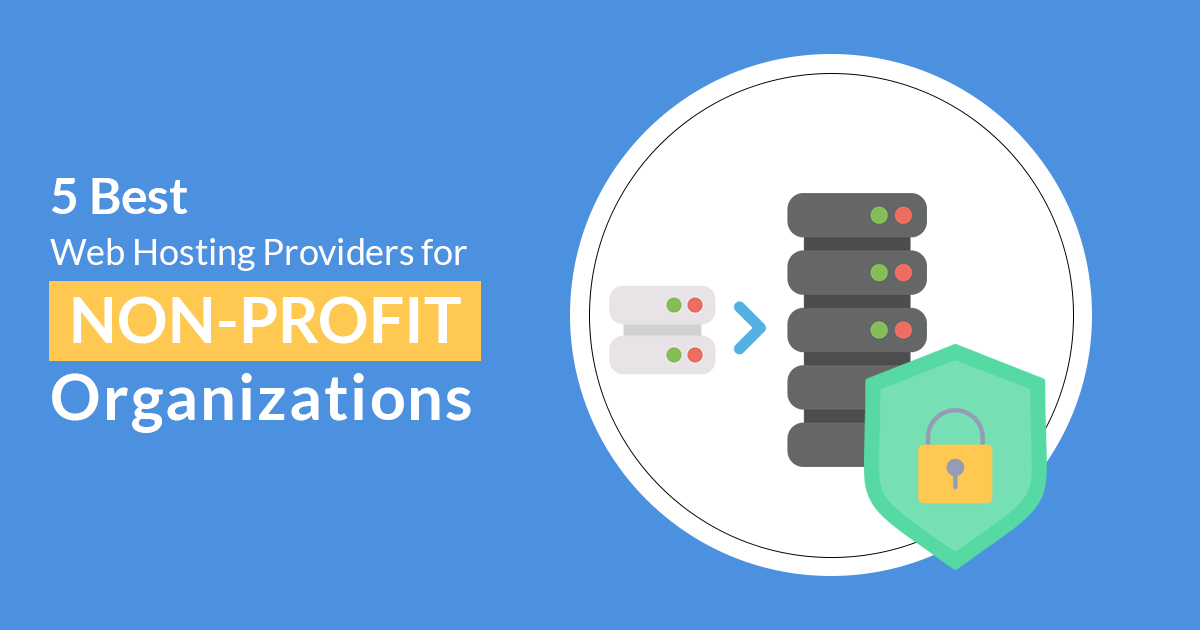12 Tips For Magento Website Design

Introduction
Magento is a hugely popular ecommerce platform, powering over 250,000 online stores worldwide. And it’s not hard to see why – the flexibility and customization options Magento offers are second to none.
But here’s the thing – having a Magento site alone doesn’t guarantee success these days. With so much competition in the ecommerce space, your website’s design and user experience are absolutely crucial for attracting new customers and turning prospects into buyers.
There’s what separates the sites that just kinda exist from the ones that create a best-in-class shopping experience and move serious products.
A huge part of it comes down to nailing the big and little details of web design and UX optimization. It’s those small thoughtful touches that make all the difference.
Here’s the 12 essential tips for every Magento site should have, Miss these and you’re leaving money on the table.
1. Keep it simple.
This one is design 101, but it’s shocking how many sites still miss the mark. When it comes to ecommerce, simplicity and clarity need to be the north stars. A clean, minimalist design with generous white space is an absolute must.
You want the products themselves to be the clear focus and star of the show. Not distracting visual clutter, animations, or excessive text. When shoppers land on your Magento site, they should be able to quickly understand your offerings and value proposition without any guesswork required.
2. Craft an amazing mobile experience
This one should be self-explanatory in 2024, but you’d be surprised how many top brands still haven’t fully optimized for mobile. With over 60% of web traffic now happening on smartphones and tablets, crafting a stellar mobile UX has to be the top priority. Streamlined navigation, tap-friendly hit zones, succinct content sections – no need for pinching, zooming, or getting frustrated.
If your Magento site doesn’t pass this litmus test with flying colors, you’re leaking sales hand over fist. It’s that simple.
3. Product pages
Nail this and you’re already ahead of 80% of e-commerce sites. Your product pages are the “shelves” and “displays” of your digital storefront. They’re quite literally where the shopping experience lives or dies.
So invest in creating rich, robust product page experiences that showcase your offerings in the best light possible. I’m talking professional-grade photography from every angle, compelling description copy, videography to bring details to life, complete spec and materials info – the full monty.
This builds trust and lets shoppers fully inspect and understand what they’d be purchasing. Don’t treat product pages as an afterthought and you’ll stand out.
4. Streamline that checkout process
Many Magento sites have a lot of leaky checkout funnels. And it’s always for the same reasons – too many form fields, too many steps, too many distractions and chances to drop off.
Studies show cart abandonment rates as high as 80% in some cases, with most of that happening due to a convoluted, time-consuming checkout experience. You’re losing huge chunks of revenue from something so straightforward to fix. So, take full advantage of Magento’s capabilities here and remove unnecessary fields and steps, simplify wherever possible, allow guest checkout, and integrate with leading payment gateways for a frictionless experience.
5. Customize Magento’s functionality
One of Magento’s biggest strengths and differentiators is the ability to fully customize virtually every aspect of the platform’s design and functionality. It’s why so many brands choose it as their ecommerce engine.
Yet so many sites settle for the out-of-the-box experience or make minimal tweaks. You’re drastically undermining the platform’s powers by not tailoring the look, UX, and features to match your brand’s unique voice and customers’ expectations.
6. Optimize for lightning-fast load times
Performance is another Area where so many Magento sites fall embarrassingly short. In 2024, shoppers have no patience whatsoever for sluggish-loading websites. Bounces happen in seconds if speed expectations aren’t met.
So take full advantage of front and backend optimizations to get your Magento storefront absolutely screaming from the jump. Smart image compression, browser caching, CDN utilization, code minification. Aim for under 3 second load times as an absolute baseline. Then keep chipping away to get that number as low as humanly possible.
7. Design intelligent navigation
When shoppers arrive at your Magento store, they should be able to effortlessly navigate to exactly what they’re looking for. Don’t make them aimlessly wander through categories of unorganized product grids.
Take advantage of Magento’s menu and filtering capabilities to architect a logical, user-friendly navigation experience. Make it crystal clear how products are categorized, let users quickly drill down on specifics through layered nav, and surface intelligent search suggestions as they go.
Bonus points if you invest in advanced headless functionality and voice/visual search to stay ahead of the curve!
8. Feature security and trust signals
You’re asking shoppers to pull out their wallets and provide all sorts of personal payment info online. And that’s no small ask given rising concerns around fraud and privacy.
Display security badges, SSL certificates, customer reviews/testimonials, and information about your return/refund policies prominently to instill confidence.
Don’t make people hunt around the footer for this stuff. Put it front and center where it can’t be missed or glossed over.
9. Leverage video content strategically
In our increasingly multimedia-driven world, it’s no longer enough to just present static photos and descriptions. Today’s shoppers expect immersive product experiences that let them inspect offerings at a deeper level before deciding to buy.
So strategically embed video snippets, 360 spins, animations and other dynamic visuals that provide rich insight into an item’s features, dimensions, material properties. This doesn’t mean overindulgent videography that slows things down. But a few thoughtfully produced clips can go a long way.
10. Prioritize search (external AND internal)
These days, a significant chunk of traffic hitting your Magento store will already know exactly what they want to buy and land looking for specific product terminology.
To capture this incredibly high-value traffic, you need to invest in intelligent search functionality that surfaces the most relevant products possible – even for long-tail, niche product queries.
Things like advanced keyword matching, fuzzy logic, synonyms, autosuggest and wayfinding components can all elevate the on-site search experience and ensure shoppers quickly find their way to what they want.
11. Design for conversions
This one should be baked into literally every aspect of your Magento web design. Each and every visual element – from product displays and image galleries, to calls-to-action, form fields, the checkout flow and beyond – needs to be conscientiously optimized to nudge shoppers through your conversion funnel.
12. Always iterate and optimize
Look, even if you hired the world’s best Magento design team and spared no expense, your website’s user experience would never truly be “finished” or reach a state of perfection.
Final Thought.
Following these 12 tips, you can create a stunning, high-converting Magento website that provides an exceptional user experience and drives business growth. Of course, professional Magento web design and development expertise is key.
Working with a reputable Magento website development company like Octopus Tech ensures you get a world-class e-commerce solution tailored to your unique needs. Contact us today to discuss your project requirements.




